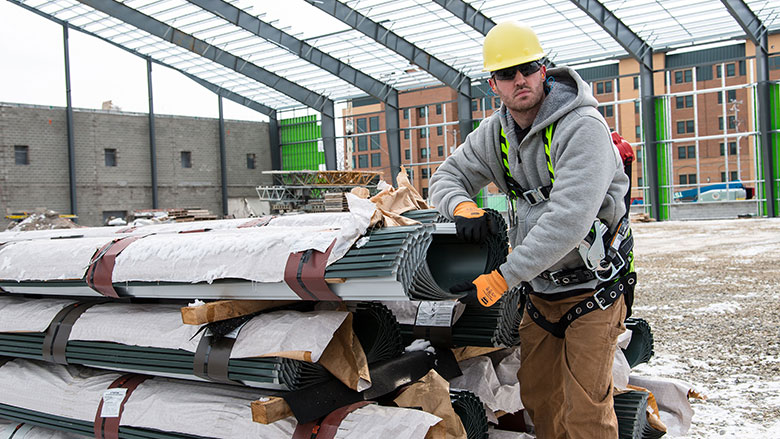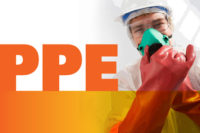Working in the industrial sector often comes with a unique set of risks. The industry is unpredictable and sometimes dangerous, as employees are consistently working at height and coming into contact with heavy equipment and machinery, airborne contaminants and electrical hazards. In 1970, The Bureau of Labor and Statistics reported nearly 14,000 work-related deaths. By 2021, despite the United States workforce more than doubling, the number of job-related deaths significantly declined to around 5,190 that year.
Although this progress is significant, there’s still a lot of work to be done in industrial safety. Each year 3.2 million workers suffer a serious injury or illness on the job, while millions more are exposed to chemicals that may lead to medical issues in the future. Safety in the workplace is crucial. To substantially reduce the number of workplace injuries in the U.S., workers must be equipped with high-performance and properly fitted protective equipment (PPE), including fall, respiratory and electrical protection.
Fall protection
A leading cause of injury and death in the industrial sector is by falling from elevation. In the construction industry, a third of fatalities in the workplace occur from falls. The Occupational Safety and Health Administration (OSHA) requires that individuals utilize fall protection at heights of four feet in general industry workplaces, five feet in shipyards, six feet in the construction industry and eight feet in longshoring operations. In addition, regardless of height, OSHA requires individuals to wear fall protection while working over dangerous machinery and equipment.
There are many options when it comes to fall protection, including self-retracting lanyards, harnesses and anchorage systems. When businesses are choosing the PPE to outfit their employees, a key consideration is that it is both durable and comfortable, as workers will be less likely to utilize the equipment if it does not feel right.
Not only should the PPE be light and breathable, but flexible as well. For example, harnesses need to be able to adapt to various body types and be flexible enough to support a full range of motion, while simultaneously supplying ventilation that will aid in keeping workers cool and comfortable to avoid fatigue.
Respiratory protection
Industrial job sites are often covered in airborne contaminants, such as bacteria, dust, chemicals and gasses. As with all forms of PPE, an important step toward raising awareness and adoption is for it to be first and foremost functional, but also properly fitted and comfortable for extended use. Proper respiratory protection, whether that be reusable or disposable respirators, provides moisture resistance and breathability. While this has not always been the case, respirators with lightweight fabric now exist to help reach an improved level of breathability and filtration. This minimizes the likelihood of high temperatures, moisture and CO2 within the device.
Electrical protection
It is extremely important for workers to be equipped with the proper PPE when working with or near electrical hazards including faulty wiring, exposed live wires, overloaded sockets, electrical exposure to water, overhead power lines and improper grounding. According to the Centers for Disease Control and Prevention (CDC), workers in the construction industry are four times more likely to be electrocuted than workers in all other industries combined.
Electrical PPE begins with hand and foot protection. The two primary types of hand and arm protection are insulating rubber gloves and insulating rubber sleeves. Rubber gloves should withstand cuts, have grip, be lightweight and be flexible enough to allow a full range of motion. Workers who encounter power lines, such as line workers, require additional protection like insulating rubber sleeves to protect their arms from the wrist to the shoulder.
Protective footwear is as crucial, as dielectric boots, overboots and overshoes can provide insulation if a worker steps on an electrified line or in electrified water. Additional electrical PPE offerings include insulating blankets, line hoses, insulating saddles and plastic covers/guards.
Reducing the risk of future injuries
PPE is designed to create a barrier between the wearer and hazards that could cause illness, injury or death. PPE adoption rates among workers have historically suffered due to discomfort, fit or difficulty of use. Fortunately, today’s PPE offerings overcome many of these historical challenges and is functional, comfortable and simple to use for individuals of all shapes and sizes. In industries where workers are surrounded by various hazards, whether it is working at height, operating dangerous machinery or being exposed to airborne contaminants, PPE significantly helps reduce the risk of harm or injury in the workplace.


